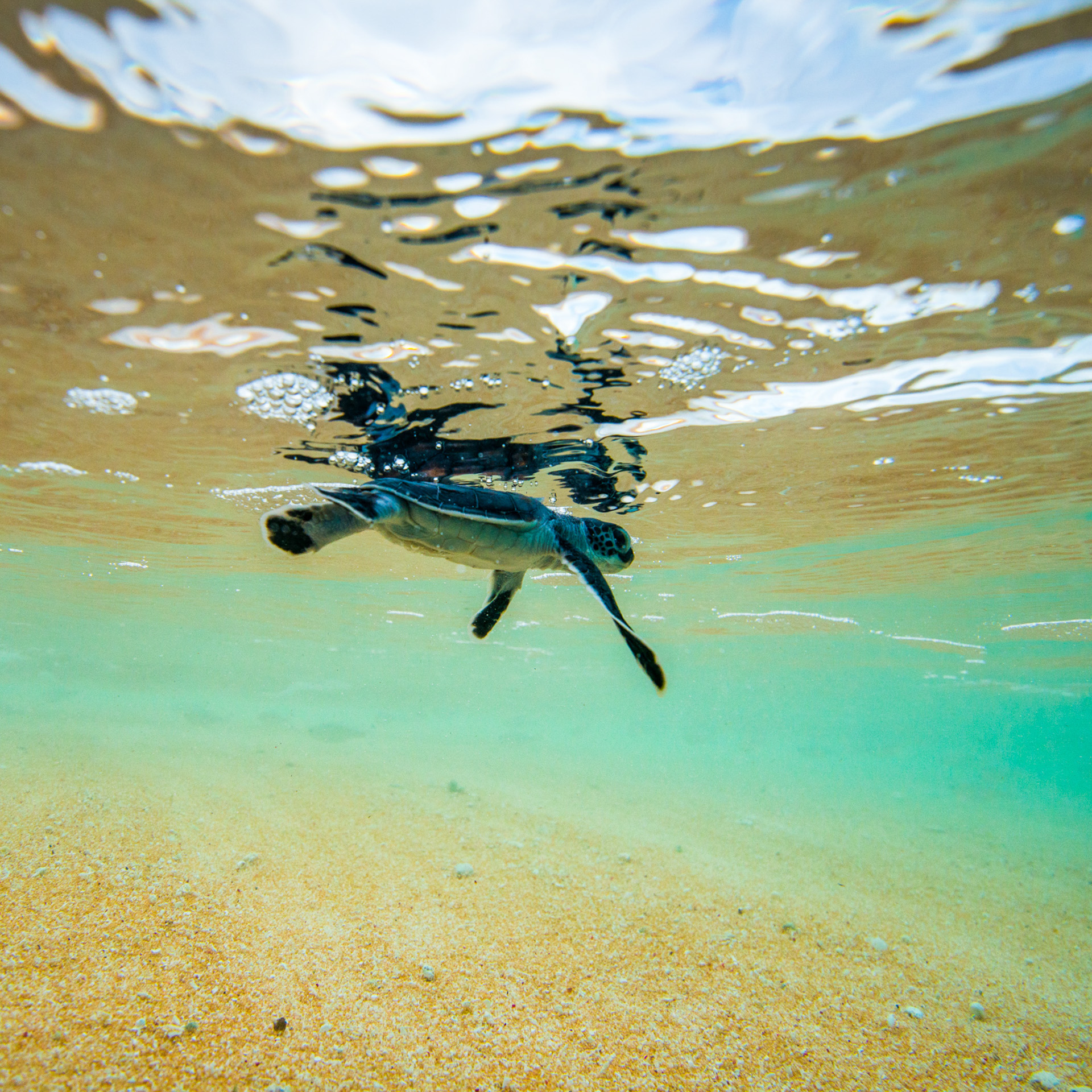|
|
Movement (ecology)In ecology, movement can be defined as the process of biota travelling from one place to another and helps explain random, regular or aggregated patterns of distribution[2]. The modes of movement (often termed dispersal modes) can be classified into two main groups: active or passive The routine movement of an individual within an area is known as its home range and is where it would undertake its normal activity. Dispersal is where an individual moves to an area outside its home range with no predictable direction or return. Dispersal may be driven by processes such as tides, currents, winds and gravity. For example dispersal of pelagic larvae relies on currents and eddies that maintain the larvae either close to their source or disperse them across the currents. In sessile organisms (such as plants or oysters which are attached to a substrate) passive movement can occur using the mechanisms of gravity, wind, water, and animals. For example, many mangroves have seeds that float away on the water to germinate elsewhere[6] and freshwater mussels can move around at their larval stage (glochidia) by attaching to fish gills and fins[1]. The movement of mobile or active organisms (such as waterbirds, insects, mammals, fish) occurs using other mechanisms such as flying, swimming and walking. Animals move to enhance their reproductive opportunities and to increase access to necessary resources or avoiding exposure to adverse biotic or abiotic conditions[4]. The nature and degree of movement represents a balance between costs and benefits. Moving is energetically expensive and exposes individuals to substantially elevated risks of mortality. However, movement to exploit abundant resources or to avoid stressors within the home range can result in energetic and survival advantages. Connectivity of habitat and hydrology is vitally important for movement of aquatic biota. In highly variable aquatic environments, like Queensland’s many intermittently flowing rivers and streams, it is sometimes advantageous to move, and at other times remain in an area, depending on environmental conditions. Due to the range of variables involved there is large individual variation in movement behaviour within populations, for example of fishes in dryland rivers[7]. Diversity of movement behaviours between individuals in a population living in a variable environment is an example of the ecological concept of ‘portfolio effects’ whereby a subset of individuals adopt suitable behaviours to benefit under a diversity of possible future conditions. This allows populations to remain viable in variable environments and fluctuating advantage maintains the diversity of individual movement behaviours[8]. Wetland biota move in response to environmental influences including daylight, precipitation, inundation, shading and temperature. Most living things have a body clock with fundamental movements around day and night, for example the plankton which rise from the deep to the shallows at night. As well as responding to the above environmental influences, intertidal and subtidal biota movements are influenced by the tides and the lunar cycle. The rising tide activates intertidal periwinkle snails to creep up the rocky shores to feed on algae, retreating to crevices to avoid desiccation and predators as the tide recedes[10]. High tide provides an opportunity for fish such as coral reef fish to feed across adjacent seascapes including seagrass and mangroves and tidal flats[9]. Juvenile fish such as whiting move into the shallows on rising tides, when it retreats remaining in shallow pools that provide a refuge from predators[5]. Links and referencesMovement - managing waterbirds for ecological requirements Wetlands in the landscape—connectivity Turtle tracking research program References
Last updated: 29 August 2023 This page should be cited as: Department of Environment, Science and Innovation, Queensland (2023) Movement (ecology), WetlandInfo website, accessed 25 June 2024. Available at: https://wetlandinfo.des.qld.gov.au/wetlands/ecology/processes-systems/movement/ |

 — Department of Environment, Science and Innovation
— Department of Environment, Science and Innovation


